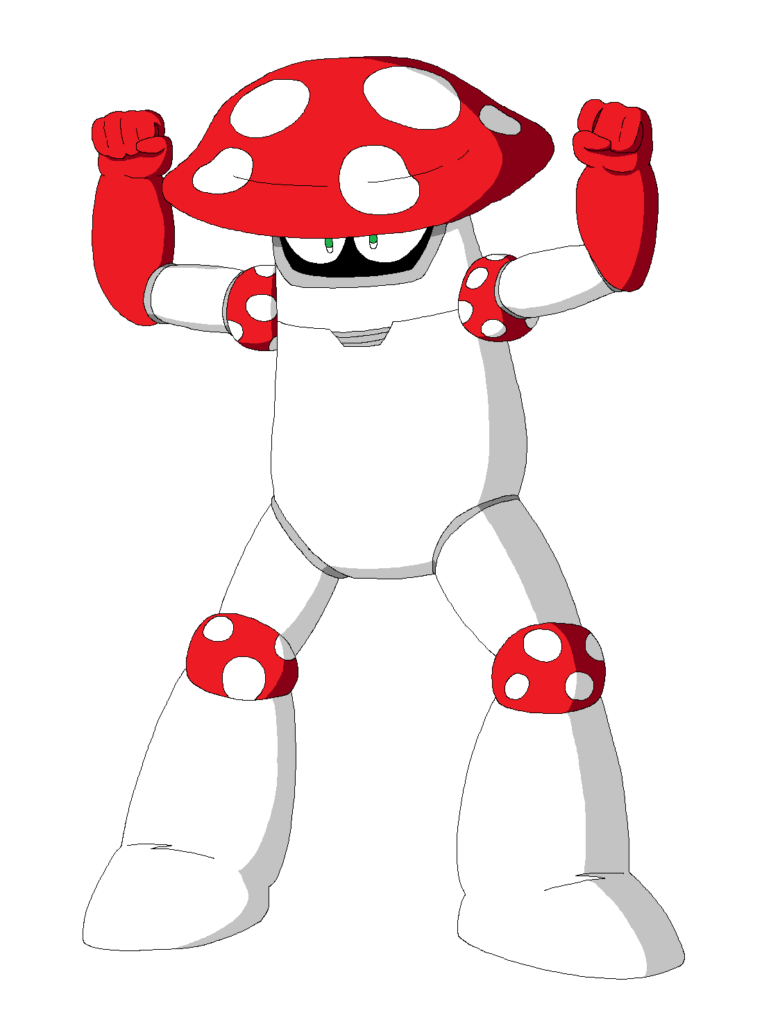In a fascinating fusion of biology and technology, researchers at Cornell University have turned to mushrooms to control robots. Yes, you read that right—a walking robot powered by fungi! 🍄🤯
🌟 The Biohybrid Breakthrough 🌟
Cornell’s cutting-edge research involves growing mycelium—the root-like threads of fungi—into the electronics of a robot. This “biohybrid” robot harnesses the unique properties of mycelium to sense and interact with its environment. “By growing mycelium into the electronics of a robot,” said mechanical and aerospace engineering professor Rob Shepard, “we were able to allow the biohybrid machine to sense and respond to the environment.” 🌍🔬

🧪 How It All Comes Together 🧬
Creating these fungi-powered robots required expertise from multiple fields. Organic robotics researcher Anand Mishra and plant pathology associate professor Kathie Hodge collaborated to ensure clean mycelial cultures, preventing contamination while transmitting electrical signals. “You have to have a background in mechanical engineering, electronics, some mycology, some neurobiology, some kind of signal processing,” Mishra explained. All these disciplines merge to make this fascinating technology possible. 🧑🔬🔧
🚶♂️ The Shroom Bots in Action 🌟
Published in Science Robotics, the research details three key tasks the robots performed: walking and rolling, reacting to ultraviolet light to alter their movement, and overriding their native mycelial signals. The result? Robots that move with a quirky, almost alien grace, reminiscent of spiders or jellyfish. 🕷️🌊
This robot is alive. Incorporated into its electronics are living fungal tissues that change the robot's behavior when exposed to intense light. That and more of the best from @ScienceMagazine and science in this edition of #ScienceAdviser: https://t.co/dpFdWgt11M pic.twitter.com/0uC1oy0TCH
— Christie Wilcox (@NerdyChristie) August 30, 2024
🌱 Future Implications and Insights 🌍
These mushroom-powered robots not only showcase the impressive electrical capabilities of fungi but also have potential applications in agriculture and environmental monitoring. “This kind of project is not just about controlling a robot,” Shepard noted. “It is also about creating a true connection with the living system.” This research offers a new way to visualize and understand biological signals and their physical responses. 📈🌾

Intrigued by the intersection of biology and technology? Stay tuned for more groundbreaking innovations in the world of bioengineering and robotics! 🚀🔬
